Review: LG Optimus F6 for T-Mobile
Oct 23, 2013, 6:43 PM by Eric M. Zeman

LG spits out an entry-level Android smartphone for T-Mobile. The budget-friendly Optimus F6 has a lot going for it, and a few things going against it, too.
Form
Is It Your Type?
The LG Optimus F6 in an entry-level smartphone for T-Mobile that covers the basics and not much else. If you're on a budget, the F6 is a reasonable point of entry.
Body
The LG Optimus F6 is a rather plain slab that blends in well with the smartphone masses. It has a conservative look and doesn't offer any flashy design flourishes. The F6 has a highly glossy finish that always seems to be reflecting light.
The F6 doesn't have any hard angles; all the sides and edges have rounded profiles and are smooth to the point of being slippery. The design is a little chaotic. There is a dark, chrome-colored band that circles the entire outer edge, and two brushed-metallic bands that fill in most of the left and right side edges. The front is black, but the back is more navy blue. That's a lot of colors/shades for a phone.
The F6 is comfortable to hold and use. I like the rounded shape of the side edges. The build quality is quite good, and the pieces all fit together firmly. Nothing about the F6 feels cheap. With the slippery surfaces, the F6 will easily slip into pockets, though at 10.2mm I wish it were a bit thinner. The size of the phone and its weight won't be too noticeable at rest in your pocket.
The display takes up a decent chunk of the F6's front surface. There's a bit more bezel than I'd like to see, but that's par for the course considering the F6's entry-level status. The chrome LG logo is above the screen and is always visible thanks to its reflective nature. The F6 has a physical home button and capacitive back and menu buttons. Like other LG phones released this year, the home button also serves as the notification light and it pulses in a green ellipse when there are messages or missed calls. It will also flash a rainbow of colors if you set the alarm, red with there is an incoming call, blue when there's a calendar alert, etc. The button itself is easy to find and has good travel and feedback. The back and menu touch buttons flank the home button. They only light up when the home button has been pressed, and remain illuminated for only a few seconds before they disappear.
There are two buttons on the left edge of the F6: the volume toggle and a dedicated QuickMemo button. The QuickMemo button is small and placed closer to the top edge of the phone. It has a small profile, but isn't too hard to find. Travel and feedback were okay, but not great. The volume toggle has a similar low profile. The travel and feedback was OK, but it's impossible to tell the up from the down because there are no markings on the button to differentiate the two ends. I often found myself turning the volume up when I meant to turn it down. The screen lock button is on the right side and mirrors the shape and feel of the QuickMemo button, though travel and feedback is a bit better. The stereo headphone jack is on top and the micro-USB port is on the bottom.
The battery cover forms the entire back surface of the F6. It has a neat pattern that's similar to the speckled pattern on the back of last year's Nexus 4. On the F6, there are tiny squares that glisten and change color when the F6 is moved around in light. The cover itself peels off easily. The battery is removable, which means you can swap power supplies if need be. The microSD memory card can be swapped without pulling the battery.
In all, the F6's hardware functions very well, and certainly befits its $49 down payment price with T-Mobile.
Performance
Screen
At one time, screens that measured 4.5 inches and offered 960 x 540 pixels were top-of-the-line. That time has since passed. The F6's screen cannot compare to the full HD displays on today's top phones, but it isn't meant to. Honestly, be thankful it's not rocking 800 x 480 resolution. As it is, the qHD resolution pairs well with the 4.5-inch diagonal and gives it a respectable pixel density. You can only see individual pixels if you look closely. As far as brightness goes, the F6's screen offers plenty of light to be read indoors and out. Colors look good, and viewing angles are excellent.
Signal
The F6 performed very well on T-Mobile's network in the greater New York area. It maintained a strong connection to the network. I had no trouble connecting calls even when coverage was weak, though call set-up times took longer than I would have liked. Data speeds on T-Mobile's LTE network were quickest under the best coverage conditions, but only slowed down a little bit when coverage was poor. On the whole, it performed above par when compared to other phones on T-Mobile's network.
Sound
The F6 can make calls over T-Mobile's cellular network and over Wi-Fi. Quality of phone calls was about the same on both, I noticed no real difference between the two. The clarity of calls coming through the earpiece was quite good. I found voices to be warm and free of interference. Volume was good, but not great. Set all the way up, I was able to hear calls in places like a bustling coffee shop, but busy city streets overpowered the earpiece's ability to push air into my ear. The speakerphone lost some quality due to what must be a bargain-bin speaker component. Calls routed to the speakerphone were scratchy and prone to distortion. The speakerphone's volume was decent, but only enough for use in mostly-quiet spaces. People with whom I spoke through the F6 said I sounded pretty lousy when using the regular phone. Ringtones and alerts managed to find my ears most of the time, and the vibrate alert was exceptionally rattling.
Battery
The F6 has a 2,460mAh battery and it provided just enough life to get through a day out-and-about. If charged overnight and unplugged when you head to work, you'll still have power left when you get home, but may need to plug it in again before going out to meet your friends for dinner. I rarely got the device to last from 7AM to 8 or 9PM, let alone make it all the way to bedtime. Battery life could definitely be better. (And yes, we tested it when connected to T-Mobile's LTE network.)
Basics
Menus
The Optimus F6 runs Android 4.1.2 Jelly Bean with software customizations from LG. The UI is practically identical to those seen on the G2, G Pro, F7, and other LG handsets.
The lock screen is fully customizable. It offers up to four shortcuts, all of which can be changed or deleted. You can also customize which clock appears on the lock screen, and whether or not weather data, calendar data, and other alerts are sent to the lock screen.
There are five home screen panels for customization out of the box, but you can delete or add screens if you wish.
The drop-down notification shade provides shortcuts to control the wireless radios as well as brightness, rotation, sound, and the QSlide apps (videos, notepad, calendar, calculator). The notification shade can be customized to a certain extent.
The main menu is a regular old grid of apps, but there are plenty of customization options. You can view it with large icons or small icons to fit more apps on each individual page. You can sort apps alphabetically or via install date. You can't, however, view them in list form. Apps can be hidden, and deleted.
The Settings menu functions just as on every other Android smartphone, though LG has dressed it up with a brighter theme and neat 3D graphics (see the on/off toggles in the images below).
As far as performance goes, the Optimus F6 uses a 1.2GHz dual-core Qualcomm Snapdragon 400 processor. The F6 performed well with the Snapdragon engine under the hood. I didn't see any major problems in terms of speed of the user interface, nor performance of any individual apps. The 400 does right by the F6.
Calls and Contacts
The phone and contact apps work exactly as they do on other LG smartphones, such as the G2.
The dial-pad provides tabbed access to call history, contacts, favorites and groups. In-call options run the standard, such as add a line, send to Bluetooth, hold, or mute. You can also open the notepad and messaging apps, or toggle on/off noise reduction (which makes calls clearer for those with whom you speak.) Settings tools let you customize the tabs that run across the top of the phone app, and the phone can also do things like provide a pop-up alert about incoming calls when taking pictures/video. The F6 can also decline incoming calls with a text message.
As for the contacts app, there are the usual home screen shortcuts for quick access to select contacts, as well as a nice widget for a collection of your favorites. The bigger widget lets you access your top nine contacts and gives you a cool UI for interacting with them on the home screen. The contact app itself has a pleasant visual look, and it is easy to pull up contact data without fully opening a contact card thanks to some hold-and-press actions.
Messaging
As far as messaging goes, the F6 doesn't deviate from the Android norm. It houses all the typical Google apps: Gmail, email, SMS/MMS, Hangouts, and Google+. All of these apps functioned as designed and are well built tools for communicating with others.
Neither the native Facebook and Twitter apps are pre-installed, but you can download them as well as add them as accounts within the Android operating system. Sharing things with your social networks is never more than a Menu button out of reach.
T-Mobile didn't put any of its own, branded messaging apps or services on the F6.
Extras
Media
The Optimus F6 offers the expected native Google media applications. The ultra-simple Music app is on board, as is the simple video playback app. These are joined by the Google Play Store, Play Music, Play Movies, and Play Books apps. The newest version of the Play Store makes finding content a wee bit easier. The native YouTube app is also included.
T-Mobile's TV application is present and accounted for. This app allows you to stream some live and pre-recorded television content over the network. The performance really depends on having a strong connection to T-Mobile's network, and LTE offers the best results.
If you want to push content from the F6 to another device, you can use the SmartShare app. It uses the DLNA standard to connect with TVs and stereos and then streams the content over your Wi-Fi network. I found it worked well.
Last, the F6 includes an infrared universal remote control application that can be used to manage your home theater equipment. It is quite easy to set up several different devices in several different rooms. The software is a cinch and quite helpful if you've misplaced your real remote control.
Camera
The F6's camera can be used for simple point-and-shoot image capturing or adjusted to allow for the budding artist inside you have a bit of fun.
The shortcut button on the side of the phone can be set to open the camera instead of the QuickMemo app, if you want. The camera can also be launched from the lock screen or a shortcut on one of the home screens. No matter which avenue you take to turn it on, it does so quickly.
As with most modern smartphone cameras, the F6's software offers control strips down the left and right sides of the screen, leaving plenty of room in the middle for the viewfinder. Five quick settings icons appear in the left strip. Four of them can be customized.
In terms of shooting modes, the F6 handles HDR, Panorama, and Continuous shot. Continuous shot takes 20 pictures in a burst and keeps all of them. There's also a feature called Time Catch Shot that LG has put on most of its phones this year. This fires off a short burst of pictures that starts before you actually press the shutter button. This helps you not miss a fleeting moment, even if you're late with the button. But you have to be in Time Catch mode already. Lastly, the F6 has LG's “Cheese Shutter” feature, which lets users issue commands using their voice to take pictures.
The F6 can also shoot in several "scenes," which include normal, portrait, sports, and sunset. When these are selected, the camera automatically adjusts some of the settings to match the scene. The deeper settings menu lets you adjust parameters such as white balance, brightness, flash, focus, image size, and so on.
The F6 doesn't have all of the features that some of LG's higher-end devices do, but it has the most useful ones, and they work well.
Photos
The F6 has a 5-megapixel camera and it does a decent job. Focus was mostly sharp, white balance was accurate, and exposure mostly spot-on. The bulk of the images I took were exposed well, but every so often bright colors would blow out the sensor. The HDR mode did a great job of balancing bright and dark regions in the same photo. The one thing I disliked was the presence of grain, which I saw on both outdoor and indoor shots. Speaking of indoor shots, make sure you use the flash. It's not the greatest camera for a phone, but it's hardly the worst.
Video
The 1080p HD video I shot was uneven. Focus was generally good, but the sensor had issues balancing bright/dark spots. It was all too easy to see under- and over-exposed subjects in the same frame. Panning the F6 back and forth created an odd jittery effect that I didn't care for much. I'd rate the video camera as passable at best.
Gallery
The F6 uses the stock Android gallery app, though LG customized the look to match the rest of its UI tweaks. It's a fine app for controlling your photos. It hooks into your Google and social network accounts, and can share photos between them without too much trouble. Rotate and crop features can be accessed quickly, and a more fully-featured editing menu lets you adjust color, apply filters, reduce red-eye, and fine-tuning exposure, color and so on. It covers the basics.
Apps
T-Mobile didn't stuff the F6 with too many useless apps. The only apps carrying the T-Mobile brand are My Account, Name ID, and T-Mobile TV. Some of the extras include Polaris Viewer, Lookout Mobile, and LG's Quick Translator app. Many of the extras can be deleted, or at least hidden.
Bluetooth
The F6's Bluetooth radio worked perfectly. I had no trouble pairing it with a half dozen different devices. Phone calls routed to my car's hands-free system were barely acceptable in terms of quality and volume, but music sounded good via Bluetooth headphones.
Browser
The F6 has both the standard Android browser installed and Chrome. Whichever of the two included browsers you choose, the F6 did well as a browsing device when roaming on T-Mobile's network. Both browsers do a fine job of rendering web pages, though Chrome has a few more tools and settings for customizing the app. T-Mobile's LTE network in NYC delivered pages in a zip when there was a solid signal.
Clock
Out of the box, the F6 offers the same lock screen clock that most other Android devices do. There's a white digital clock on the home screen that cannot be seen easily on light wallpaper. As with other LG Android devices, the F6 lets you sub in a handful of other clocks, including a massive digital clock that can be read from across the room.
GPS
Google Maps is the only navigation software on the F6, and that's just fine with me. As far as the GPS radio is concerned, it is quick to locate the phone, and accurate. I found that it pegged me in about 15 seconds and to within 25 feet. Using the F6 for real-time navigation was effective thanks to good GPS and network performance.
QuickMemo
The Optimus F6 also includes the LG QuickMemo app. QuickMemo lets users capture a screenshot and then open that screenshot in the Notebook app. The Notebook app lets you scribble on the screenshot with various pen styles and in various colors. You can add your own scrawled text, or insert actual typed messages. You can erase the notes and leave the background unaffected. You can attach additional content, such as photos or videos, and send them all together as a package via email, MMS, Google+, Picasa and so on. This feature is more useful with a stylus, but the F6 doesn't have one.
QSlide Apps
The QSlide apps, which are accessible from the notification tray, are apps that appear in separate windows on top of what else you might be doing. If you're typing an email, but have to calculate a figure quickly, you can snag the calculator from the QSlide strip in the notification tray and it will appear in a separate window on top of the email you're typing. The idea is to let you quickly access a few handy apps (calculator, notepad, videos) no matter what you're doing.
Wrap-Up
For $49 down, the LG Optimus F6 offers T-Mobile customers a lot of value. The phone's hardware may be a bit boring, but it is well put together and all the buttons and controls function without issue. The screen is very good for this class of device, and the network performance was among the best I've seen on a T-Mobile device in recent memory. It's a shame that call quality was at best average, and that the battery didn't seem to last past dinner.
The software all works well. LG's customizations to Android 4.1 Jelly Bean are extensive, and give owners plenty of control over the functions and features. All the basics are covered in spades, but the F6's camera falls a bit short. There are plenty of other smartphones in T-Mobile's roster that are superior to the F6, but they carry much higher price points. That makes the Optimus F6 a good buy for the budget-minded.
Comments
BTW, have you figured out how to unlock the bootloader of the Optimus L9 P769 T-Mobile phone?
F6 vs Blu life play.?
Because my L9 was starting to slow down a little bit. Then I was introduced to the blu life play by a friend. Except for it lack ing LTE the blu life play beats the F6 in every category and the price was even lower than the F6. I highly recommend the blu life play.
(continues)

















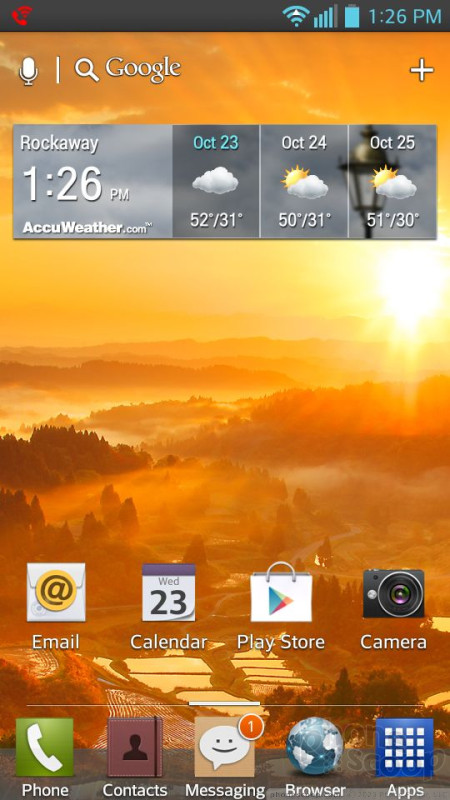







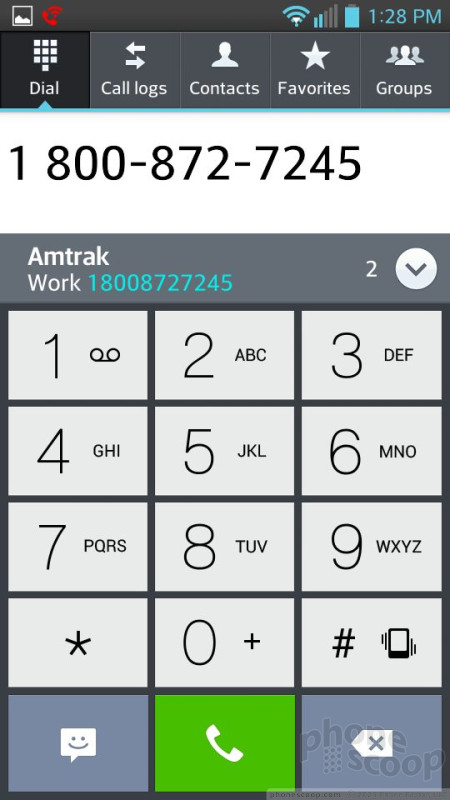







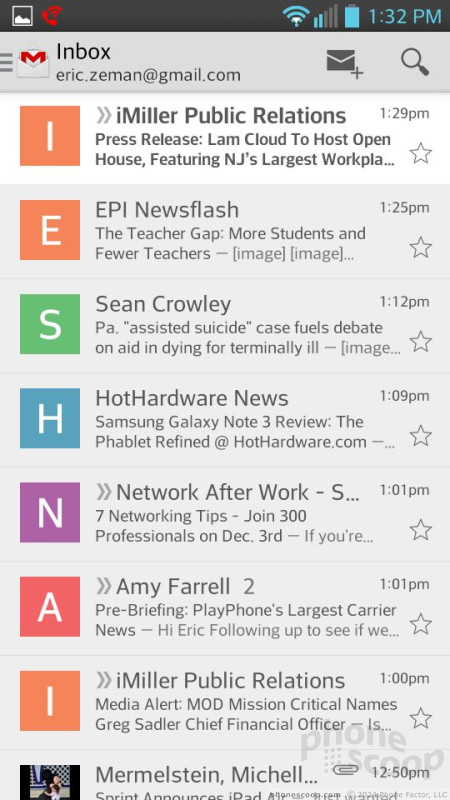





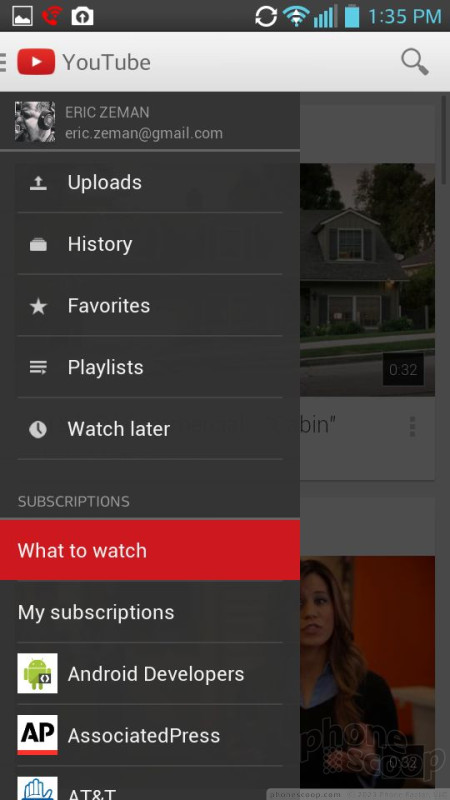







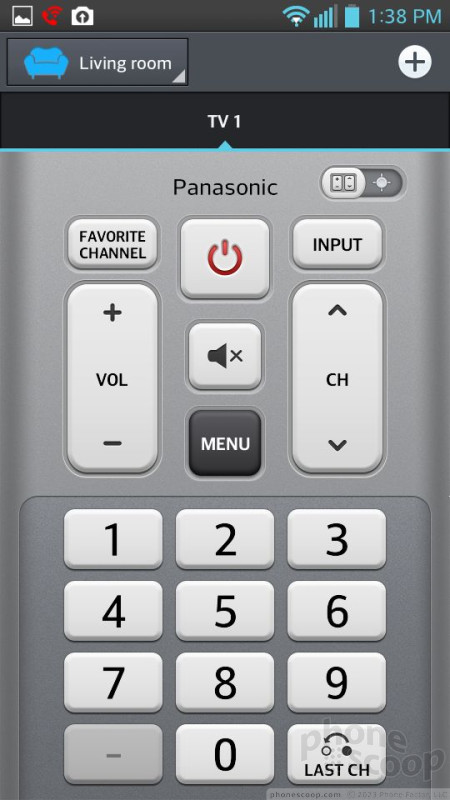




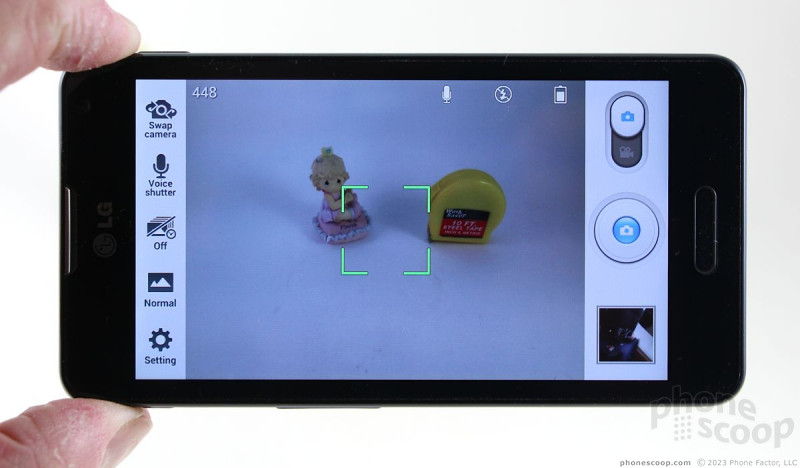


















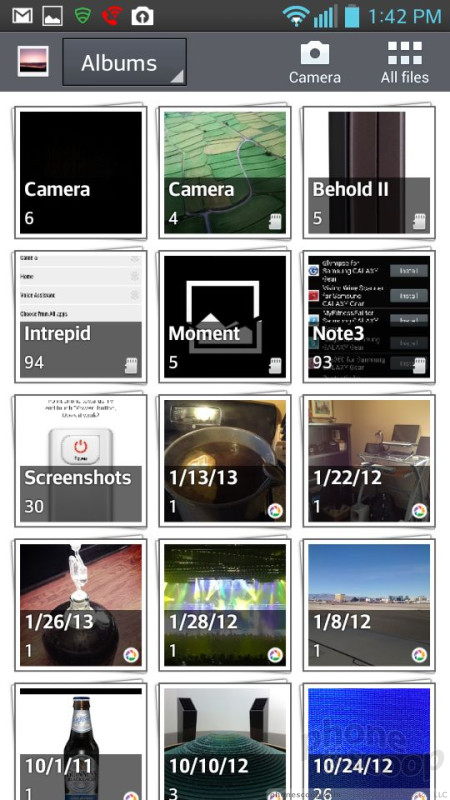





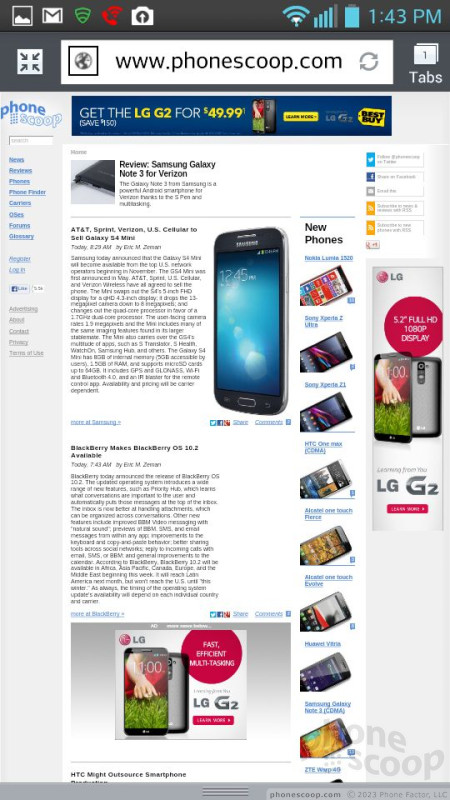



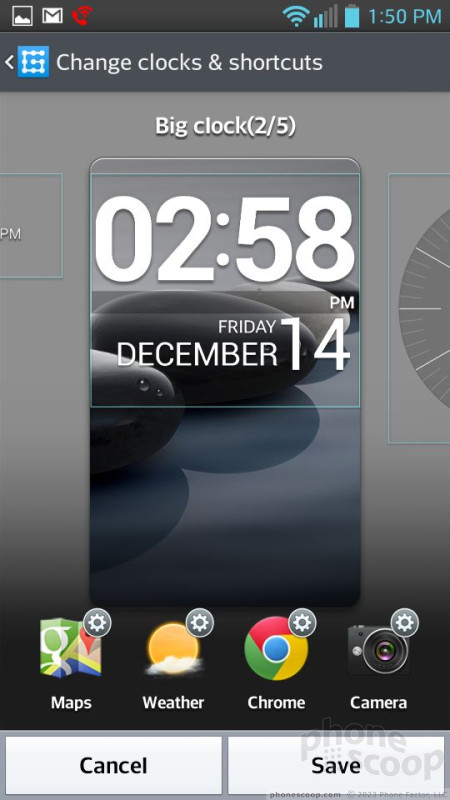


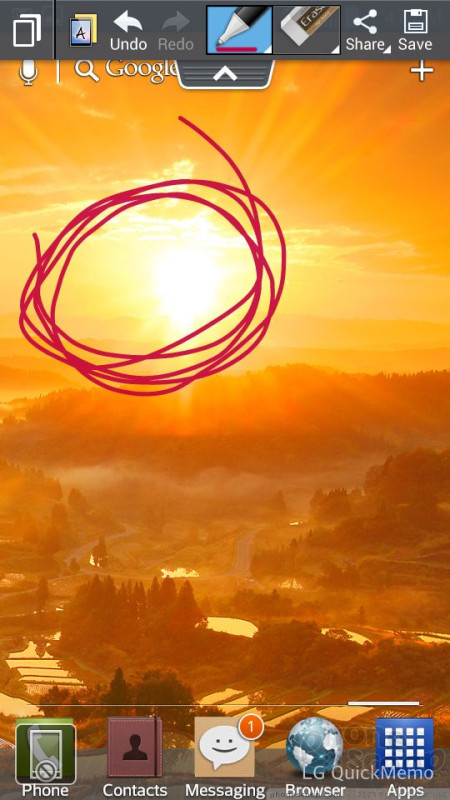



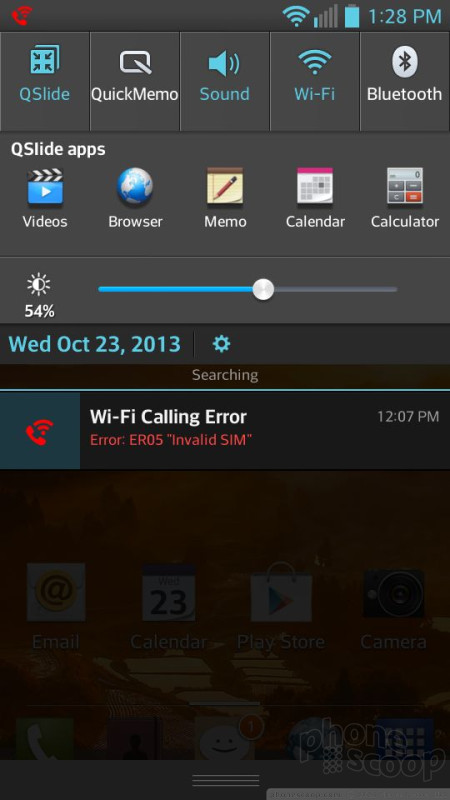





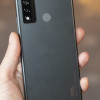 Hands On with the TCL 20 XE and TCL 20 A 5G
Hands On with the TCL 20 XE and TCL 20 A 5G
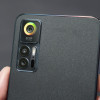 Hands On with the TCL 30 5G
Hands On with the TCL 30 5G
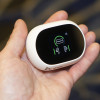 Hands On with Teams-Certified Bluetooth Earbuds
Hands On with Teams-Certified Bluetooth Earbuds
 LG Optimus F6
LG Optimus F6




